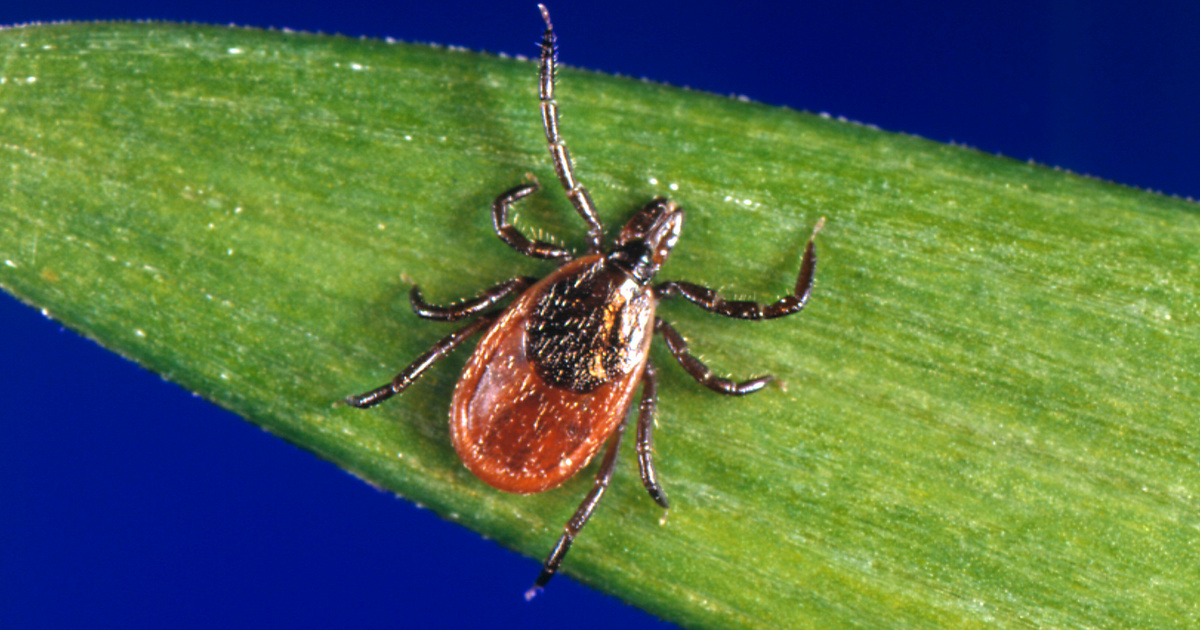Now is the start of tick season, so it's a good idea to be on the lookout because the little critters are most active from April to July and then from September to November. But it looks like we might not be so afraid of them anymore, as it appears that a protein found in human sweat can protect against Borrelia, the tick-borne bacteria that causes Lyme disease.
In Nature Communications Back In one study we can read that the protein stopped the growth of bacteria in laboratory mice. But there are people for whom protein does not work well, and this can increase the risk of disease.
We typically associate Lyme disease with recreational activities, camping, and forest treks, where we imagine ticks in large numbers, although it's also helpful to remember how much we sweat, said Michel Tal, an immunologist at the Massachusetts Institute of Technology (MIT). Animals at the meeting.
Searching for genes that might make some people more susceptible to Lyme disease, Tal and his colleagues analyzed genetic data from about 620,000 people.
More than 25,000 of them have been diagnosed with Lyme disease.
Three important genes have been identified: two of them provide instructions for making immune proteins that help the body recognize foreign invaders, and the third encodes SCGB1D2. It is a foreign protein, about which researchers do not know much yet. It is now clear that it is produced in sweat glands and can also appear on the skin. On the skin, it is the first line of defense against ticks.
Under laboratory conditions, the protein inhibited the growth of Borrelia burgdorferi, the bacteria that causes Lyme disease, and mice injected with the protein and bacteria did not become infected.
However, 40% of study participants had a modified version of the protein, and they needed twice as much protein to suppress the bacteria. When the protein variant was given to animals with bacteria, infections developed.
Researchers say the new findings are promising: The natural version of SCGB1D2 could one day be used to treat or prevent Lyme disease. In the meantime, let's do our best to see if we can keep the ticks away.














































